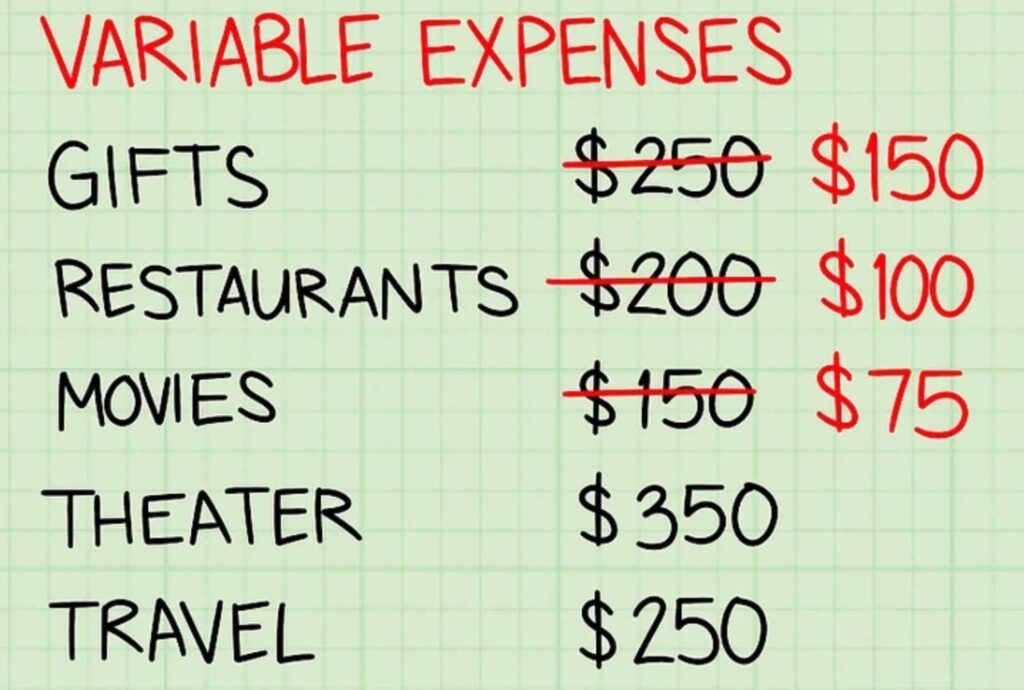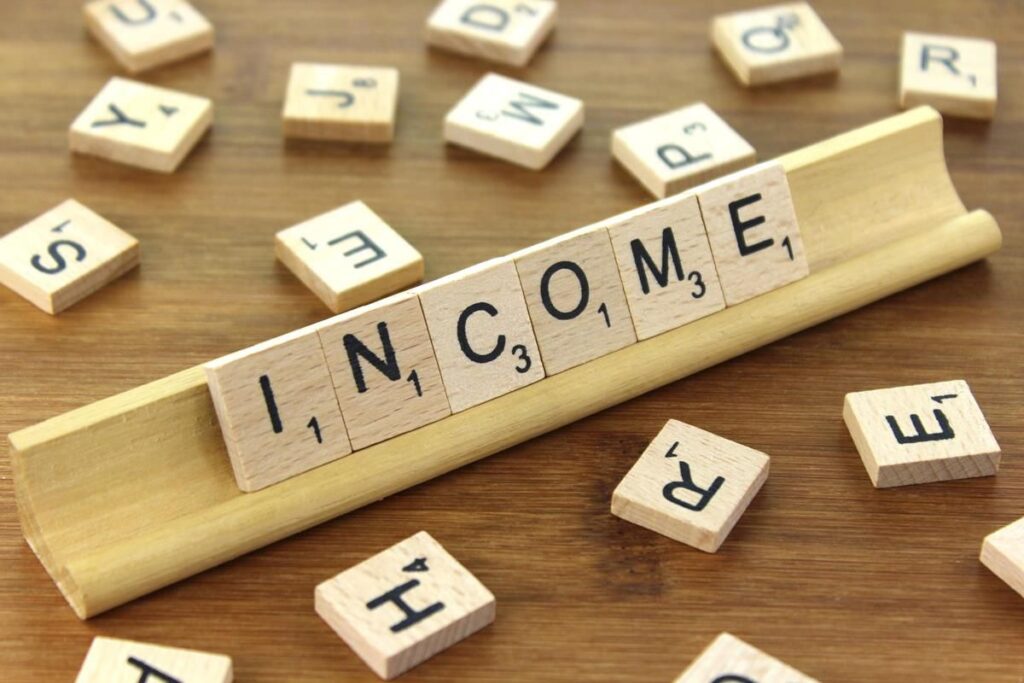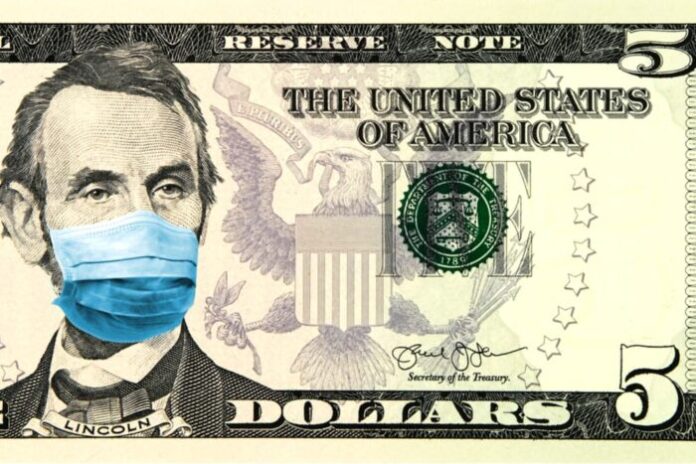Debts can feel like a literal mountain, which they are if they keep pilling. The current Coronavirus situation is not making things any easier.
As the bills keep increasing, your debt mountain feels insurmountable. But with proper planning, you can quickly get out of debt. However, if managing debt is impossible and bankruptcy is your only solution, talking to a lawyer will help your situation.
The following are 10 ways as provided by scura.com to alleviate your debt while Coronavirus persists.
1. Be rational
The first step to managing your debt is retaining rationality. Leave all emotions behind because everything about spending will be touching on your emotional side.
Our spending habits profoundly depend on our priorities, which are more often emotional. Most times, people spend based on guilt, shame, or regrets rather than needs.
You must be willing to let go of your emotions and recognize your bad spending habits for what they are.
Rather than going on a binge because you feel you need something, take a bird’s eye view and really observe whether it’s from necessity or want. If it’s the latter you can most likely hold off for the time being.

2. Owning up to your debts
The first step to alleviating your debts is by acknowledging you are in a debt rut. You cannot make progress towards being debt-free without first admitting you have a problem. This is a big leap to take, acknowledging that you actually have a problem and becoming aware of it.
Are you ready to get out of debt? Pick up your notebook or open up an excel sheet to track your expenses and debts and really begin to think how you can make all those numbers be lower. It starts first with making yourself aware of how much your pockets are emptying out every month.
3. Stop spending
Now you shouldn’t stop spending forever but at least in the meantime as you begin unfolding and taking control of your debt situation, this would be the time to cut down on the amount you’re used to spending. The goal here is to become less of a spendthrift and more of a frugal person. It is much easier to salvage your current debt situation than continuing to pile on more spending and taking on debt. Once you have a clear plan of action of what you can cut down on you will tend to spend much more rationally and this will take a lighter burden on the amount of money you tend to dole out.

4. Outline your debts
In step number 2, you made a conscious decision to own up to the amount of debts that you have. With that out of the way and you becoming more of an accountable person that is no longer denying their current situation, this would be the time to take out your pen, notebook and statements. Take stock of all the debts you have accumulated, from credit cards to student loans.
The next step is to figure out how you got so deep into debt. Do you have family issues that eat into your money? Are your expenses driving you deeper into debt? Or are you paying on interests more than you should?
Once you have all your expenses outlined, list down your sources of income. How much are you bringing into your account to cater to these debts?
5. Itemize your monthly expenses
On your notebook or excel sheet, itemize all your monthly expenses for the last 6 months. Gather your printed statements from the banks and credit cards. Get all receipts you have for these months, too.
The more you have of all these supporting documents, the easier it is to get a clear picture of your spending habits.

6. Categorize and prioritize your spending
Remember the hierarchy of needs and wants? Needs are things you must have for survival. These include food, shelter, clothes and transport. Wants, on the other hand, are luxuries you do require to survive. Items like expensive designer clothes and TV screens are examples of wants.
Once you have all your expenses listed down, start categorizing them in terms of needs and wants. Include the amount of money you spend on these items.
7. What is the pattern?
So, where are you spending most of your money from the above list you have made? Is it on things that you need for survival or wants?
How much money is enough every month for your needs? Is your income enough to cater to your needs?

8. Time to make some changes
Now that you know your income, expenses and have prioritized them, it is time to change your lifestyle.
Slash off all the unnecessary wants to see how much you save. Are you spending all your money on rent? Then move to a more affordable and comfortable house. If you eat take out every day, try buying groceries and cooking from home.
In case your income is not enough to cater to your needs, the money you save from unnecessary spending can come in hand. If your income is enough to cater to your needs, whatever you save from this exercise can go into repaying your debts or boosting your savings.
9. Expand your income streams
It is always advisable to have more than one source of income. Any extra dollar you make will go a long way in alleviating your debt situation. There’s nothing wrong with seeking extra part time work outside of your usual working hours. Find a couple of hours everyday to make a few more bucks can make a big difference at the end of the month. That car payment, insurance, credit card, can be paid for just by doing uber a couple of hours everyday after your job. If you’re not into the whole ridesharing thing then look for a skill set that you can hone and think about selling your services to businesses or people that might need it. There are many ways you can make extra money nowadays and all it takes is some curiosity and motivation to figure out what they can be for you.

10. Get professional help
Personal finance planning can be overwhelming. However, a professional can help you manage your finances, including paying off your debts. Getting out of a debt rut is not an easy task.
The above 10 steps are an excellent way to start. First, reduce your expenses. Then, increase your income and you will be on your way to having debt-free life.









